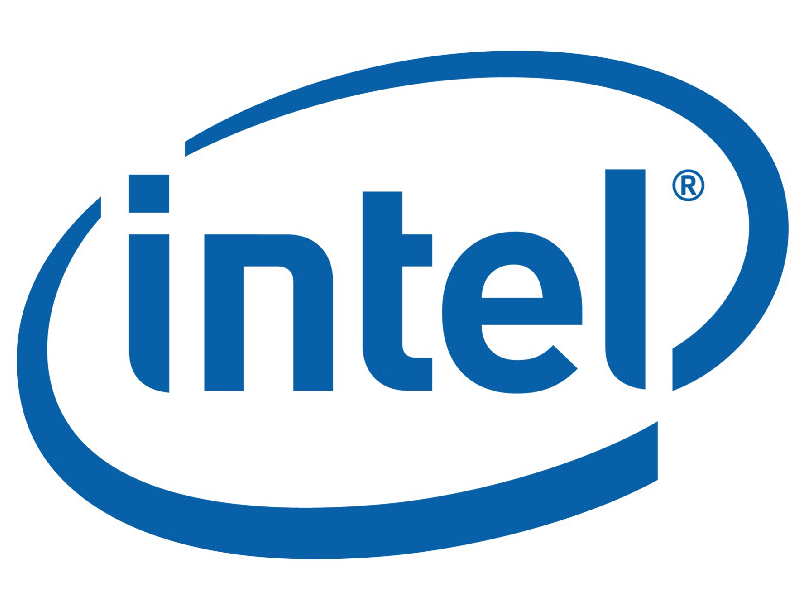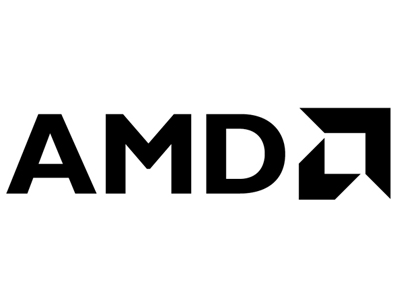Report: Intel Looking for Access to Mantle API
PC-World claims that Intel has approached AMD asking for access to the Mantle API.
According to a report in PC World, Intel has asked AMD for access to the Mantle API. Both companies have also confirmed this, according to the report.
"I know that Intel [has] approached us for access to the Mantle interfaces, et cetera. And right now, we've said, give us a month or two, this is a closed beta. And we'll go into the 1.0 [public release] phase sometime this year, which is less than five months if you count forward from June. They have asked for access, and we will give it to them when we open this up, and we'll give it to anyone who wants to participate in this," said Richard Huddy from AMD.
The exact motives behind Intel wanting access to the Mantle API are unclear, but given that the Mantle API allows developers to code games to run a lot more efficiently, along with the fact that Intel's GPUs aren't very powerful, it would benefit Intel to have Mantle support on its GPUs. This is because it will give the Intel GPUs a bit more gaming power, and while it won't make the GPUs perform on par with high-end GPUs, it will certainly make a number of previously unplayable games playable on the iGPUs. According to Intel, this is for an experiment, and DirectX12 remains its primary focus.
"At the time of the initial Mantle announcement, we were already investigating rendering overhead based on game developer feedback. Our hope was to build consensus on potential approaches to reduce overhead with additional data. We have publicly asked them to share the spec with us several times as part of examination of potential ways to improve APIs and increase efficiencies. At this point though we believe that DirectX 12 and ongoing work with other industry bodies and OS vendors will address the issues that game developers have noted," an Intel Spokesperson told PC World.
Mind you though, this should be treated as a rumor for the time being, as only PC World has verified the information. Despite that, it's nice to see things the other way around for a change: AMD having something that Intel wants.
Follow Niels Broekhuijsen @NBroekhuijsen. Follow us @tomshardware, on Facebook and on Google+.
Get Tom's Hardware's best news and in-depth reviews, straight to your inbox.
Niels Broekhuijsen is a Contributing Writer for Tom's Hardware US. He reviews cases, water cooling and pc builds.
-
BleedingEdgeTek I thought Mantle was to offload CPU processing to the GPU? Intel's CPUs are far superior to how their iGPUs are compared to AMD, so wouldn't this have the opposite effect?Reply -
skit75 "This could be game changing!"Reply
Only if your playing games on your work computer or a computer that was never intended for gaming. -
mitch074 No, Mantle is a way to address the GPU more directly, which reduces driver overhead (and thus, CPU use goes down) and optimizes GPU use (a given result can be computed faster by making use of a particular GPU's strengths).Reply
When most graphics accelerators were mostly fixed function processors, using unified APIs to address them (DirectX, OpenGL) made a lot of sense. Now that they have all turned into dedicated computing units, something looking more like a computing language+compiler (Mantle) than a simple API is becoming quite tempting. -
BleedingEdgeTek Thank you mitch for clearing that up. I had always understood it to be (admittedly, didn't really look all that into it, as I use NVIDIA) a way of taking CPU processing weight and placing it onto the GPU. That basic 'understanding' was 'backed up' when seeing that Mantle had more effect on the lower end CPUs than the higher end when dealing with the same card.Reply -
alextheblue ReplyThank you mitch for clearing that up. I had always understood it to be (admittedly, didn't really look all that into it, as I use NVIDIA) a way of taking CPU processing weight and placing it onto the GPU. That basic 'understanding' was 'backed up' when seeing that Mantle had more effect on the lower end CPUs than the higher end when dealing with the same card.
The reduced overhead can be used for more draw calls, but it can also reduce the drag on the CPU. This frees up more CPU cycles for the game to use elsewhere. When you've got a slower/older system that is CPU-bound, switching to a Mantle rendering path (if the developers take advantage of it) typically gives a larger boost.
The systems that will probably benefit the most from this? Laptop APUs with GCN. -
TechyInAZ Interesting. This would defiantly help the new Steam Machines that have Intel Iris Pro 5200 graphics only.Reply -
firefoxx04 Why does the author think mantle in Intel 'apu' chips would be beneficial? Mantle removes the cpu overheard (or tried too) in an effort to remove a cpu bottle neck.Reply
That said, I Intel chips don't really bottleneck in gaming unlike Amd chips which are much weaker. Mantles appeal is that you could run a high end gpu like the 290x or 295 with a weak cpu like the Athlon fm2 chip without bottle nicking.
Intel has the opposite problem with their chips. Strong cpu and weak gpu -
tomfreak Intel& AMD has the history of sharing technologies & ideas. SSE/Athlon64 integrated memory controller, APU, x86, x86-64. I would not be surprise they adopt Mantle. The only one left out now is Nvidia, which isnt willing to share technology openly. I still recall Nvidia are restricting Intel chipset from having SLI compatibility when they have Nforce. All that end when intel decide to kill off their chipset business.Reply -
SteelCity1981 amd and intel working together is great to hear. this will open the gates for future mantle versions for intel as well.Reply


